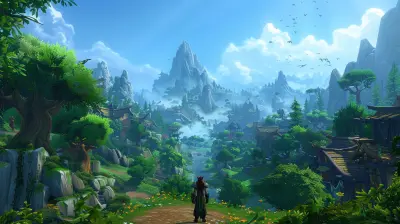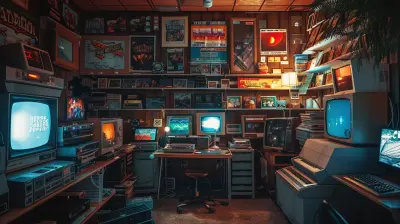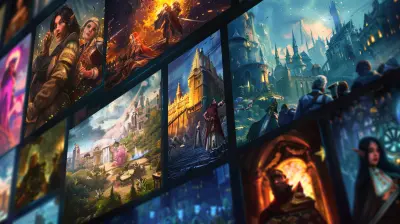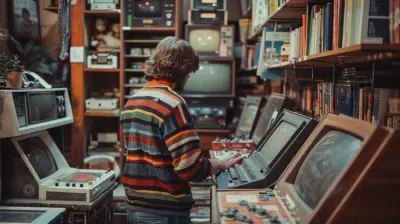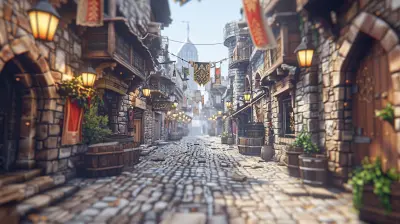Blender for Game Development: All-in-One or Just an Asset Tool?
8 April 2025
Let’s face it—game development is no walk in the park. It’s like trying to build a sandcastle during high tide; you need the right tools, a lot of patience, and just the right amount of creativity to weather the storm. Among the sea of tools available for game developers, Blender stands out like a Swiss Army knife in a drawer full of dull butter knives. But the real question here is: Can Blender truly do it all for game development, or is it just another cog in the massive machine that powers AAA and indie games alike?
If you’ve been pondering whether Blender deserves the spotlight in your game dev toolkit, buckle up. We’re about to dive deep into what Blender brings to the table and whether it can carry the weight of your entire game development pipeline or just shine as an asset creation tool.

What Exactly Is Blender?
Hold up—before we go any further, let’s unpack what Blender actually is. Blender, if you didn’t already know, is a free, open-source 3D creation suite. And when I say “suite,” I mean it’s like the buffet of 3D tools. It’s got modeling, sculpting, rigging, animating, rendering, compositing, video editing, and even 2D animation tools.It’s the software equivalent of showing up to a potluck with an all-you-can-eat lasagna that satisfies everyone at the table. But does variety necessarily mean it’s the best option for game development? That’s where things start to get interesting.
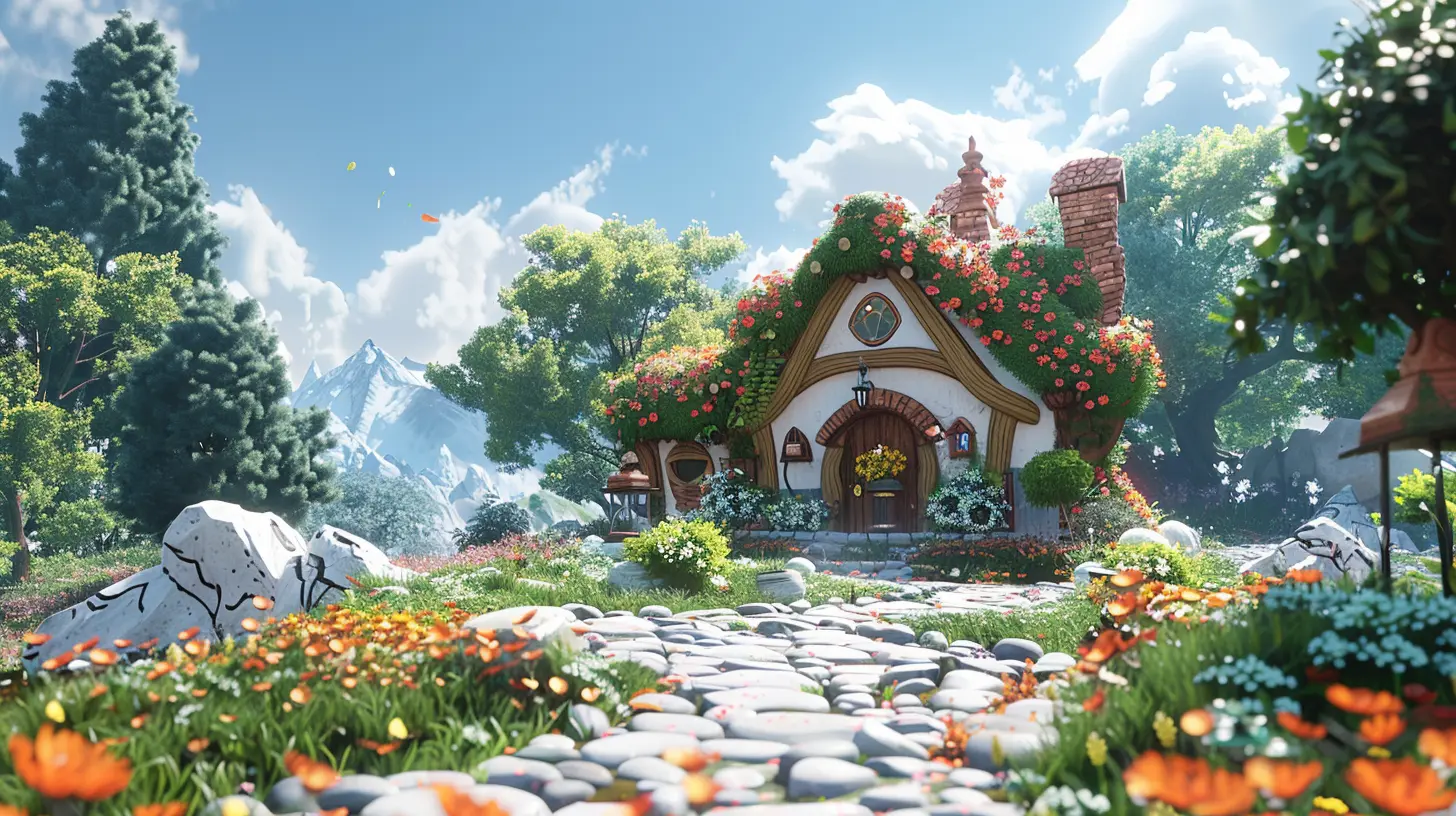
Blender as an Asset Creation Powerhouse
Let’s start with areas where Blender undeniably shines—asset creation. If you’re working on a game, chances are you’re going to need 3D models for characters, props, environments, textures, and more.Blender’s modeling tools are like a sculptor’s best set of chisels. Its polygon modeling capabilities (with features like subdivision surface modeling) are fantastic for high-detail work, while its sculpting tools rival even premium software like ZBrush in some cases. Whether you’re crafting a battle-worn knight or a cute alien mascot, Blender’s got your back.
And let’s not forget UV mapping and texturing. Blender comes loaded with a wide variety of tools for laying out UVs and painting textures directly onto your models. You can even use procedural textures and shaders to create complex materials without cracking open another program.
But here’s the kicker: Blender’s Cycles and Eevee render engines allow you to preview your assets in photorealistic or real-time views. This means what you see in Blender can closely resemble how it’ll look in-game (depending on your engine, of course).
What’s the Catch?
Here’s the thing, though—game engines don’t speak Blender’s native language. Assets need to be exported into formats compatible with game engines (like FBX or OBJ), and this process isn’t always seamless. You might need to tweak export settings or even rely on third-party plugins to get everything running smoothly.In short, Blender’s great for making assets, but you have to work around a few hiccups to get them into your engine.
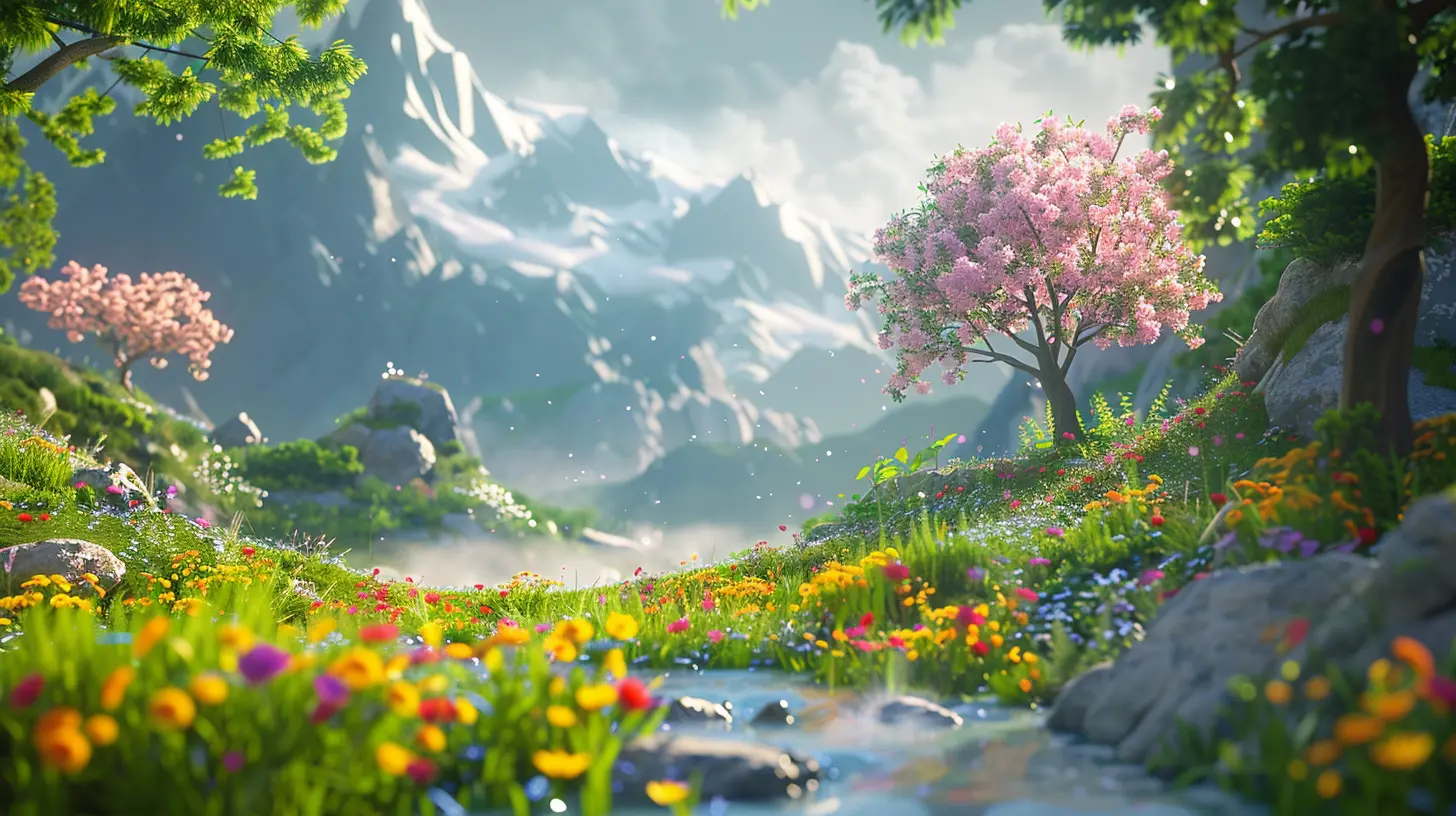
Can Blender Handle Rigging and Animation?
Rigging and animation are two other areas where Blender flexes its muscles. Need to bring your character to life? Blender’s rigging tools are robust and intuitive. It enables you to create everything from simple skeletons for basic characters to complex rigs with IK (inverse kinematics), facial controls, and more.The animation tools are just as solid. You’ve got keyframes, motion paths, NLA (Non-Linear Animation) editors, and even onion skinning if you’re dabbling in 2D. Heck, Blender even lets you do physics-based simulations like cloth, hair, and fluids—which can add an extra layer of realism to your animations.
What About Game Engine Compatibility?
Much like asset creation, animations and rigs created in Blender aren’t plug-and-play for game engines. Rig export can get tricky, especially with complex skeletons and constraints. Sometimes, weights don’t transfer properly, or animations don’t play well with the engine you’re using (looking at you, Unreal Engine).It’s not a dealbreaker, but you’ll need to put in some elbow grease to get everything working harmoniously.
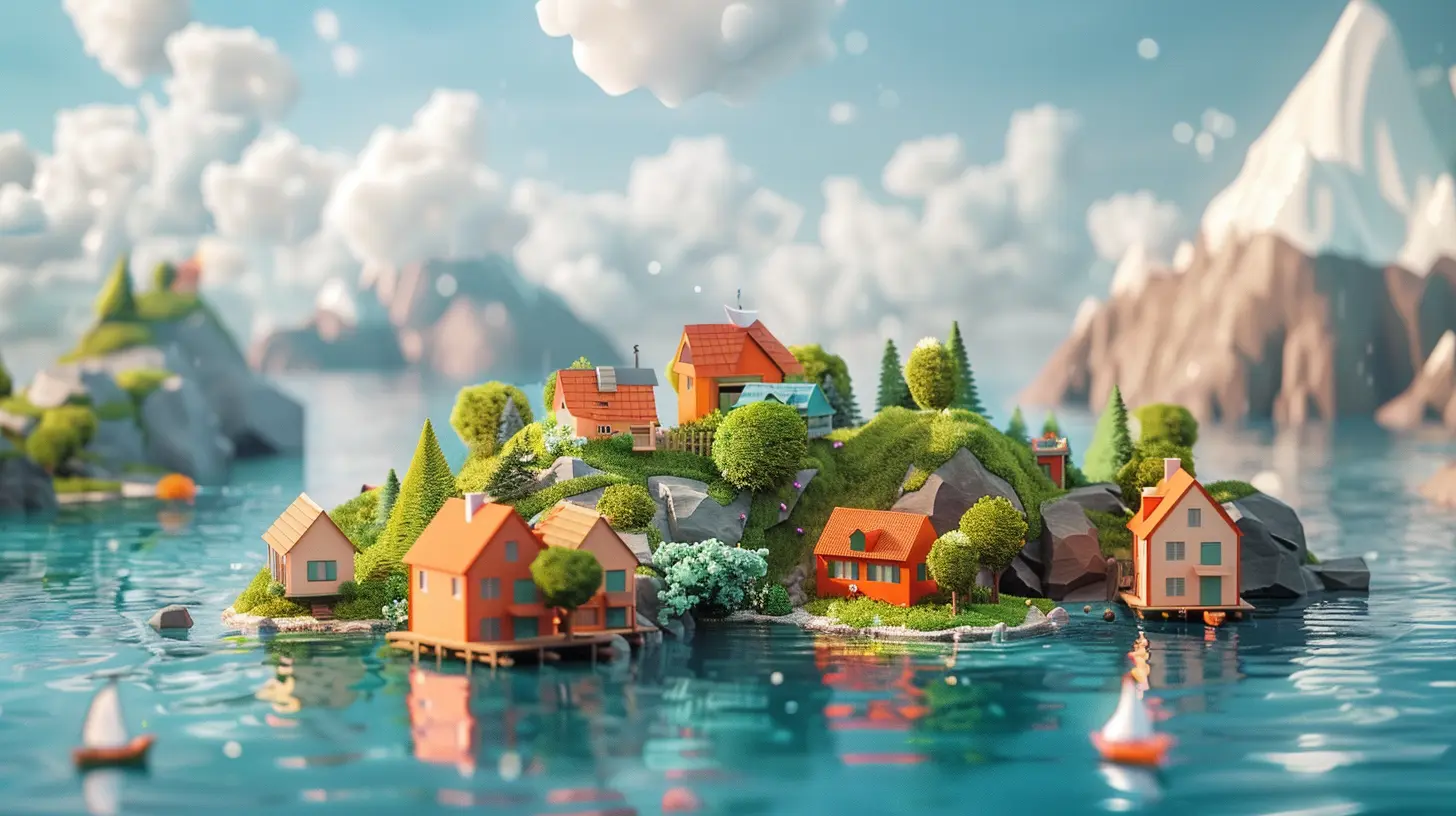
Beyond Assets: Can Blender Be a Game Engine?
Alright, here’s where things get a little spicy. Did you know Blender used to have its own integrated game engine? It was called the Blender Game Engine (BGE), and while it had some cool features, let’s be honest—it wasn’t exactly competing with Unity or Unreal. Blender ditched BGE in 2019, focusing instead on becoming the go-to tool for asset creation and animation.That said, you can still prototype simple games or interactive scenes using Blender’s scripting tools (via Python). But if you’re aiming for anything beyond the basic, you’re better off using a dedicated game engine.
Is Blender Truly an All-in-One Solution?
So, can Blender do everything you need for game development from start to finish? Technically, yes. You can model, texture, rig, animate, and even render cinematic cutscenes all within Blender.But here’s the truth: Just because you can doesn’t mean you should. While Blender is a jack-of-all-trades, its all-in-one approach doesn’t always stack up against specialized tools. For example:
- For animation, Maya often takes the crown.
- For sculpting, ZBrush still reigns supreme.
- For game engines, Unreal and Unity run the show.
In short, Blender is phenomenal for creating assets, but when it comes to the entire game development pipeline, it’s not always the most efficient tool for the job.
When to Use Blender
If you’re on a budget (and let’s face it, most of us are), Blender is nothing short of magical. It’s free, yet its feature set rivals paid software that costs a small fortune. Plus, because it’s open-source, there’s a massive community of developers, artists, and plugins that make learning and using Blender a breeze.But if you’re working on a large-scale project with a team, you’ll likely need to supplement Blender with other specialized tools. Think of Blender like the cornerstone of your game development toolkit—it’s foundational, but you’ll need other tools to complete the house.
Final Verdict
So, is Blender for game development an all-in-one powerhouse or just an asset creation tool? In a way, it’s both. It’s like that Swiss Army knife I mentioned earlier—it can do almost everything, but when you’re tackling specific tasks, you might want a tool designed for just that purpose.Blender is undeniably one of the most versatile tools out there, and its value, especially for indie developers and freelancers, is immeasurable. But at the end of the day, whether you see Blender as an all-in-one solution or just an asset tool depends on your needs, your team, and your workflow.
Whatever you decide, one thing’s for sure—Blender is here to stay, and it’s only going to get better from here. So, why not give it a shot and see where it takes you?
all images in this post were generated using AI tools
Category:
Game EnginesAuthor:

Avril McDowney
Discussion
rate this article
5 comments
Emory McFadden
Blender: A Swiss Army knife or just a butter knife?
May 5, 2025 at 3:47 AM

Avril McDowney
Blender is more like a Swiss Army knife—it's versatile for modeling, animation, and even game engine integration, not just a basic asset tool.
Zayne McFarlane
Great insights! Blender's versatility truly empowers developers, whether for assets or complete game creation. Keep exploring!
April 13, 2025 at 3:05 PM

Avril McDowney
Thank you! I appreciate your feedback and completely agree—Blender's versatility is indeed a game-changer for developers!
Signe Powell
Great insights! Blender’s versatility is impressive, and it’s exciting to see how developers are utilizing it beyond just asset creation. Understanding its strengths and weaknesses can really shape our approach to game development. Looking forward to more discussions!
April 13, 2025 at 3:30 AM

Avril McDowney
Thank you! I appreciate your enthusiasm and look forward to more discussions about Blender's evolving role in game development.
Marley Pacheco
Blender's versatility in game development is impressive, but it often shines as an asset tool. While it offers all-in-one capabilities, specialized software may still provide advantages in certain areas like animation and game engine integration.
April 10, 2025 at 2:59 PM

Avril McDowney
Thank you for your insight! While Blender is a powerful all-in-one tool for game development, it's true that specialized software can excel in specific areas, particularly animation and integration with game engines. Balancing Blender's capabilities with dedicated tools can optimize workflow and results.
Bailey McClellan
Blender is versatile; it excels in asset creation and development workflows.
April 10, 2025 at 4:55 AM

Avril McDowney
Thank you! Blender's versatility indeed makes it a powerful tool for both asset creation and comprehensive game development workflows.
